Polestar 3 vs ZEEKR 7X – Differences & prices compared
Compare performance, boot capacity, efficiency and price at a glance.
Find out which car is the better choice for you – Polestar 3 or ZEEKR 7X?
Electric Rivalry: Polestar 3 vs. ZEEKR 7X
In the ever-evolving realm of electric vehicles (EVs), two formidable SUVs have emerged, drawing significant interest from automotive enthusiasts and eco-conscious drivers alike: the Polestar 3 and the ZEEKR 7X. Both offer impressive specifications and cutting-edge technology, but how do they compare when pitted against one another? Let's delve into the technical details and innovations of these exciting models.
Performance and Power
The Polestar 3 delivers a dynamic driving experience, powered by two electric motor options producing up to 517 HP, with torque reaching 910 Nm. The all-wheel-drive version with an acceleration of 0-100 km/h in just 4.7 seconds showcases its prowess on the road. The inclusion of an automatic transmission complements its smooth ride.
On the other hand, the ZEEKR 7X doesn't lag behind. With a top-performing variant offering 639 HP and 710 Nm of torque, this SUV accelerates from 0 to 100 km/h in a brisk 3.8 seconds. The ZEEKR 7X's dual-axle motor configuration ensures robust handling and performance, making it a serious contender in the electric SUV market.
Efficiency and Range
When it comes to energy consumption, the Polestar 3 offers efficiency with options ranging between 17.6 and 21.9 kWh per 100 km. The fastidious attention to aerodynamics results in an impressive electric range of up to 706 km, ideal for long journeys without the hassle of frequent recharging.
The ZEEKR 7X, while slightly less efficient, still showcases commendable consumption figures between 17.7 and 19.9 kWh/100 km. Its maximum range of 615 km offers sufficient flexibility for both urban commutes and highway cruising.
Design and Dimensions
Stylistically, the Polestar 3 presents a sleek design typical of contemporary Scandinavian aesthetics. With a length of 4900 mm and a height ranging from 1614 to 1618 mm, it boasts a spacious interior while maintaining an appealing silhouette, topped off with a 484 L trunk capacity for practicality.
The ZEEKR 7X, with its length of 4787 mm and a slightly taller stance at 1650 mm, offers a more commanding presence on the road. Its design provides a larger trunk capacity of 539 L, ensuring ample storage for all your travel needs.
Innovation and Technology
Polestar is renowned for its cutting-edge technological integrations and the Polestar 3 continues this tradition by incorporating advanced driver-assistance systems and an innovative infotainment platform. It ensures a connected drive with seamless integration of smart technologies, catering to tech-savvy drivers.
ZEEKR 7X also emphasizes innovation, featuring a sophisticated suite of technologies aimed at enhancing driver experience and safety. Its user interface is designed for ease of use, emphasizing intuitive controls and advanced connectivity options.
Environmental Considerations
Both models shine in their commitment to reducing emissions with zero CO2 output, earning them an efficiency class 'A' rating. This echoes the automotive industry's shift towards sustainable and environmentally friendly solutions.
Final Thoughts
The Polestar 3 and ZEEKR 7X offer compelling options for those looking to embrace electric mobility without compromising on performance or technology. The choice between them boils down to personal preference regarding performance nuances, range requirements, and brand allegiance. As the competition heats up in the EV arena, these vehicles represent the forefront of innovation and sustainability in 2024 and beyond.
Here’s where it gets real: The technical differences in detail
Costs and Efficiency: Price and efficiency are key factors when choosing a car – and this is often where the real differences emerge.
ZEEKR 7X has a decisively advantage in terms of price – it starts at 45400 £, while the Polestar 3 costs 67400 £. That’s a price difference of around 21942 £.
In terms of energy consumption, the advantage goes to the Polestar 3: with 17.60 kWh per 100 km, it’s minimal more efficient than the ZEEKR 7X with 17.70 kWh. That’s a difference of about 0.10000 kWh.
As for range, the Polestar 3 performs a bit better – achieving up to 706 km, about 91 km more than the ZEEKR 7X.
Engine and Performance: Power, torque and acceleration say a lot about how a car feels on the road. This is where you see which model delivers more driving dynamics.
When it comes to engine power, the ZEEKR 7X has a slightly edge – offering 646 HP compared to 517 HP. That’s roughly 129 HP more horsepower.
In acceleration from 0 to 100 km/h, the ZEEKR 7X is distinct quicker – completing the sprint in 3.80 s, while the Polestar 3 takes 4.70 s. That’s about 0.90 s faster.
There’s no difference in top speed – both reach 210 km/h.
There’s also a difference in torque: the Polestar 3 pulls clearly perceptible stronger with 910 Nm compared to 710 Nm. That’s about 200 Nm difference.
Space and Everyday Use: Cabin size, boot volume and payload all play a role in everyday practicality. Here, comfort and flexibility make the difference.
Both vehicles offer seating for 5 people.
In curb weight, the ZEEKR 7X is slight lighter – 2395 kg compared to 2575 kg. The difference is around 180 kg.
In terms of boot space, the ZEEKR 7X offers a bit more room – 539 L compared to 484 L. That’s a difference of about 55 L.
When it comes to payload, Polestar 3 minimal takes the win – 496 kg compared to 485 kg. That’s a difference of about 11 kg.
Our conclusion: The ZEEKR 7X proves to be wins the duel decisively and thus becomes our DriveDuel Champion!
Overall, ZEEKR 7X is the better all-rounder in this comparison.
Polestar 3
Der Polestar 3 präsentiert sich als eindrucksvolles Elektro-SUV, das skandinavisches Design mit nachhaltiger Technologie vereint. Die klare Linienführung und hochwertigen Materialien im Innenraum schaffen eine luxuriöse Atmosphäre, während das fortschrittliche Infotainmentsystem für modernste Konnektivität sorgt. Mit seinem leistungsstarken Antrieb bietet der Polestar 3 ein dynamisches Fahrerlebnis, das sowohl umweltfreundlich als auch leistungsfähig ist.
details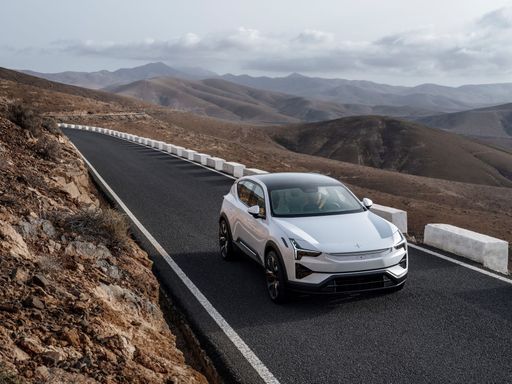 @ Polestar
@ Polestar
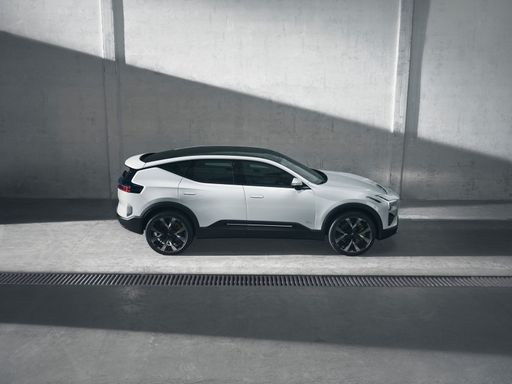 @ Polestar
@ Polestar
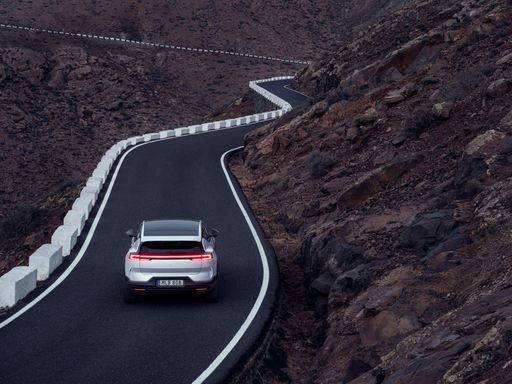 @ Polestar
@ Polestar
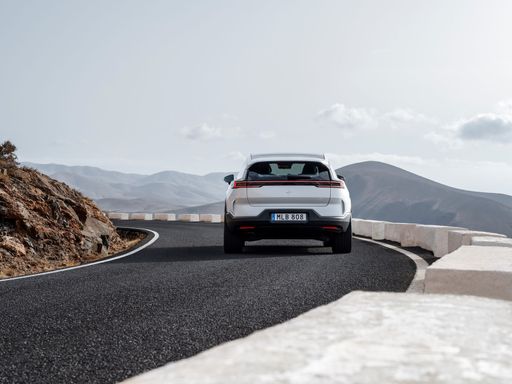 @ Polestar
@ Polestar
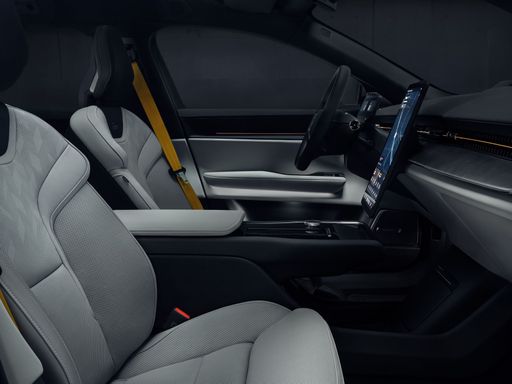 @ Polestar
@ Polestar
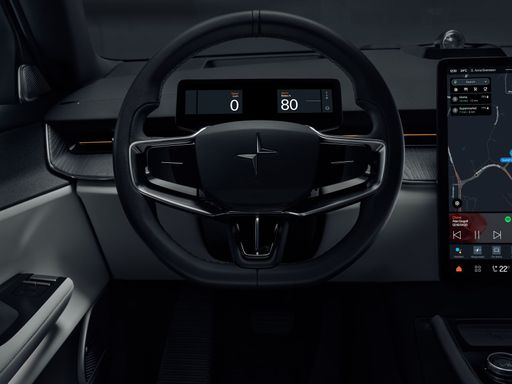 @ Polestar
@ Polestar
ZEEKR 7X
The ZEEKR 7X is a striking entry into the electric vehicle market, blending sleek aesthetics with a promise of cutting-edge technology. Its design exudes modern luxury while offering advanced features tailored for tech-savvy drivers. Positioned as a competitor in the premium electric segment, the 7X aims to deliver a dynamic driving experience alongside eco-friendly credentials.
details

|
|
|
|
|
Costs and Consumption |
|
|---|---|
|
Price
67400 - 79000 £
|
Price
45400 - 54000 £
|
|
Consumption L/100km
-
|
Consumption L/100km
-
|
|
Consumption kWh/100km
17.6 - 21.9 kWh
|
Consumption kWh/100km
17.7 - 19.9 kWh
|
|
Electric Range
567 - 706 km
|
Electric Range
480 - 615 km
|
|
Battery Capacity
107 kWh
|
Battery Capacity
-
|
|
co2
0 g/km
|
co2
0 g/km
|
|
Fuel tank capacity
-
|
Fuel tank capacity
-
|
Dimensions and Body |
|
|---|---|
|
Body Type
SUV
|
Body Type
SUV
|
|
Seats
5
|
Seats
5
|
|
Doors
5
|
Doors
5
|
|
Curb weight
2575 - 2584 kg
|
Curb weight
2395 - 2535 kg
|
|
Trunk capacity
484 L
|
Trunk capacity
539 L
|
|
Length
4900 mm
|
Length
4787 mm
|
|
Width
1935 mm
|
Width
1930 mm
|
|
Height
1614 - 1618 mm
|
Height
1650 mm
|
|
Max trunk capacity
1411 L
|
Max trunk capacity
-
|
|
Payload
285 - 496 kg
|
Payload
455 - 485 kg
|
Engine and Performance |
|
|---|---|
|
Engine Type
Electric
|
Engine Type
Electric
|
|
Transmission
Automatic
|
Transmission
Automatic
|
|
Transmission Detail
Reduction Gearbox
|
Transmission Detail
Reduction Gearbox
|
|
Drive Type
All-Wheel Drive, Rear-Wheel Drive
|
Drive Type
Rear-Wheel Drive, All-Wheel Drive
|
|
Power HP
299 - 517 HP
|
Power HP
421 - 646 HP
|
|
Acceleration 0-100km/h
4.7 - 7.8 s
|
Acceleration 0-100km/h
3.8 - 6 s
|
|
Max Speed
180 - 210 km/h
|
Max Speed
210 km/h
|
|
Torque
490 - 910 Nm
|
Torque
440 - 710 Nm
|
|
Number of Cylinders
-
|
Number of Cylinders
-
|
|
Power kW
220 - 380 kW
|
Power kW
310 - 475 kW
|
|
Engine capacity
-
|
Engine capacity
-
|
General |
|
|---|---|
|
Model Year
2024
|
Model Year
2025
|
|
CO2 Efficiency Class
A
|
CO2 Efficiency Class
A
|
|
Brand
Polestar
|
Brand
ZEEKR
|
What drive types are available for the Polestar 3?
The Polestar 3 is available as All-Wheel Drive or Rear-Wheel Drive.
The prices and data displayed are estimates based on German list prices and may vary by country. This information is not legally binding.
